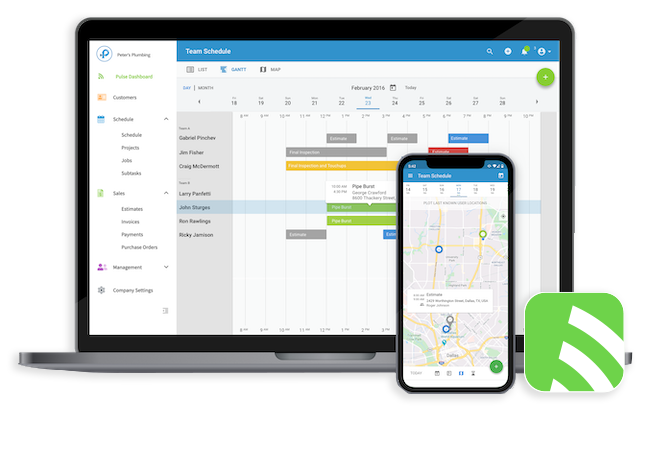So, what exactly is a press release? In short, a press or media release is a short, compelling news story that can be sent out to media outlets as a starting-off point for a larger piece. Press releases, unlike pitch emails, should always be thorough.
Be sure to put some effort into making your press release interesting, as you want it to pique the interest of journalists and publications.
When you’re writing media releases, be sure that the information you’re providing is newsworthy! But what exactly is newsworthy content?
Well, typically journalists are looking for a piece that will have an impact on a certain community, evoke an emotional response, highlight a current event, or features a prominent member or landmark of the community.
Ask yourself, “is it newsworthy? Is this relevant to the media outlet? Is there a segment of the outlet’s audience that will be interested in this information?”
The sweet spot to aim for is:
A few topics that usually work well are:
Establishing a scholarship is also great for making connections with those organizations so you’re always top of mind if they require your services, and shows you care about the community.
This could also qualify you for awards to display on site- if you help save or restore historic buildings in your community or lend your services to nonprofits, you may be eligible for historic commission awards or non-profit honors.
These make for great human interest stories for local news which means you can garner press coverage from local news stations and newspapers.
So, you probably already know what a PR stunt is from its title alone, but what exactly is newsjacking? Newsjacking happens when you piggyback on a big news story and tie it to your business. An example of how we (FieldPulse) could perform newsjacking would’ve been during the Texas “snowpocalypse” that happened in February, 2021.
When hvac, electrical, and plumbing companies were working round the clock to restore power, heat, and water to people’s homes, we could’ve come out with a press release that said something to the effect of “FieldPulse helps HVAC, Plumbing, and Electrical businesses keep their operations running smoothly amidst the Snowpocalypse.”
For example, if labor and material shortages are in the news right now, you could craft a story on how it’s affecting your business. You can even find something that’s worked for a similar company in the past and modify it to fit your needs.
Journalists love an opportunity to write about interesting data, so find some data that’s already been collected and tie it back to your own findings/work. A few great places to find these resources are:
Or, you can also give journalists access to exclusive data from your business or take surveys about customers. You can record results on the following websites:
When it comes to writing a press release, it should read like a news story, not an information dump. Media releases should always be written in third-person, using an active voice that contains the who, what, when, where, why, and how of the story.
Be sure to also include citations, quotes, and sources. Your press release should be short and to the point, as media outlets often get a ton of pitches every day and have massive time constraints.
Keep your press release under one page, somewhere between 400-600 words. Never send your press release as a PDF, always send it as a word document so that the journalist can easily copy and paste.
For the format of your press release, be sure that your title includes “For Immediate Release” in bold. Add “###” at the end of your press release to signify that there are no other pages following.
The contents of your press release should include:
Start off with a shocking statistic or statement to hook the reader’s attention. Entice them! Dust off your thesaurus, because it’s time to put it to good use. Be sure to use your company name, town, city, and state names in this paragraph. You should also include a quote in your first paragraph that should always end with a “[said XX.]”
Your next paragraphs should contain all the vital information (where, when, why, what, who). If you feel like bullet points are necessary to make this section easy to skim you can use them, but we’d recommend that you don’t. Try to keep your word count per paragraph around 150 words.
Including a company logo in the upper corner of your press release makes you look professional and will make it immediately show who you are and if your brand is recognizable.
Be sure to include your name, personal phone number, company phone number, and email address, as the journalist will likely have questions after reading your press release.
Now that we’ve walked through everything you need to know about creating your press release, it’s time to submit your work. Only submit your press release when you have something of genuine value to a media outlet, rather than constantly pitching stories to every journalist you can find.
It’s a guaranteed one-way ticket to their spam folder. If your press release is a company announcement, be sure to send it to the journalist early on so they have plenty of time to prepare.
And just like that, you’ve completed the Press Release section of our PR playbook. We hope that by now you’re feeling a little more confident in your ability to create your own press release, and can hit the ground running as soon as you have (or have created) a newsworthy story. Don’t want to start from scratch?
